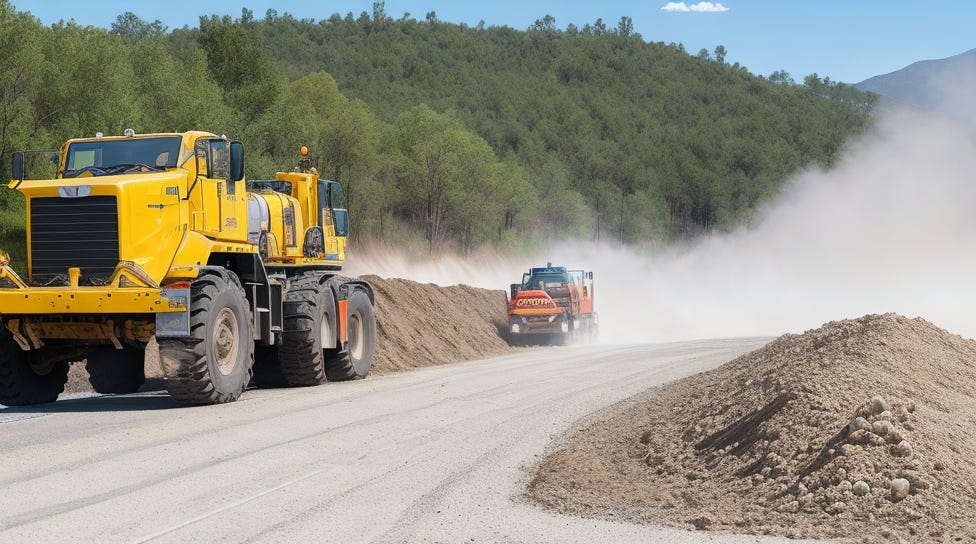Construction projects are a vital part of our modern world, shaping the landscapes we live in, work in, and travel through. However, they often generate significant amounts of dust, posing serious health and environmental hazards. For this reason, dust suppression is vitally important to ensure construction workers are safe and productivity is consistent. Besides eliminating health hazards and maintaining productivity, controlling construction dust is crucial to complying with environmental and employee safety regulations.
Understanding the dust problem
Dust poses a significant health risk to workers if a dust suppression system is not implemented. Inhaling dust particles can lead to respiratory issues, including coughing, wheezing, and long-term conditions like silicosis. Dust can also contain harmful substances such as asbestos, leading to deadly diseases like mesothelioma when inhaled. Additionally, environmental concerns are becoming increasingly important in construction. Dust can drift into nearby areas and natural habitats, causing pollution and ecological damage. For this reason, construction companies should use the right dust collection solution to mitigate these risks.
Choosing the right dust collection solution
Selecting the appropriate dust collection solution depends on several factors, including the size and scope of the project, the types of materials being used, and local regulations. Here are some common options:
Portable dust collectors
These are ideal for smaller construction projects or working in multiple locations. Mobile dust collectors are versatile and can be moved where needed most. They often come with a range of filtration options to capture fine dust particles effectively.
Centralized dust collection systems
For larger construction sites with a continuous need for dust control, centralized systems are the way to go. They are typically more powerful and can handle high volumes of dust. These systems are often custom-designed to suit the specific needs of a project. When choosing the right dust collection solution, ensure it comes with High-efficiency particulate air (HEPA) filters, essential for capturing very fine dust particles that can be a serious health hazard. HEPA filters are commonly used in dust collection systems to ensure the air released is clean and safe for breathing.
The Benefits of Using Dust Collection Solutions
Investing in the right dust collection solution brings several benefits to construction projects. What’s more, dust collector systems promote the safety of your workers. The most crucial benefit is protecting workers’ health. A well-designed dust collection system reduces the risk of respiratory problems and ensures a safer working environment. With the right dust control solution, you ensure your company is environmentally responsible. Proper dust collection demonstrates a commitment to environmental responsibility. It minimizes pollution and reduces the project’s impact on nearby communities and ecosystems. In addition, by implementing a dust collection system, you ensure compliance with worker safety and environmental regulations. Meeting local and national laws regarding dust control is essential. Failing to do so can result in fines, delays, and a damaged reputation in the eyes of the public.
The right dust collection solution protects workers’ health and ensures compliance with environmental regulations. Construction professionals should carefully assess their project’s needs and invest in the appropriate dust collection system to reap these benefits and create safer and more responsible construction sites.


